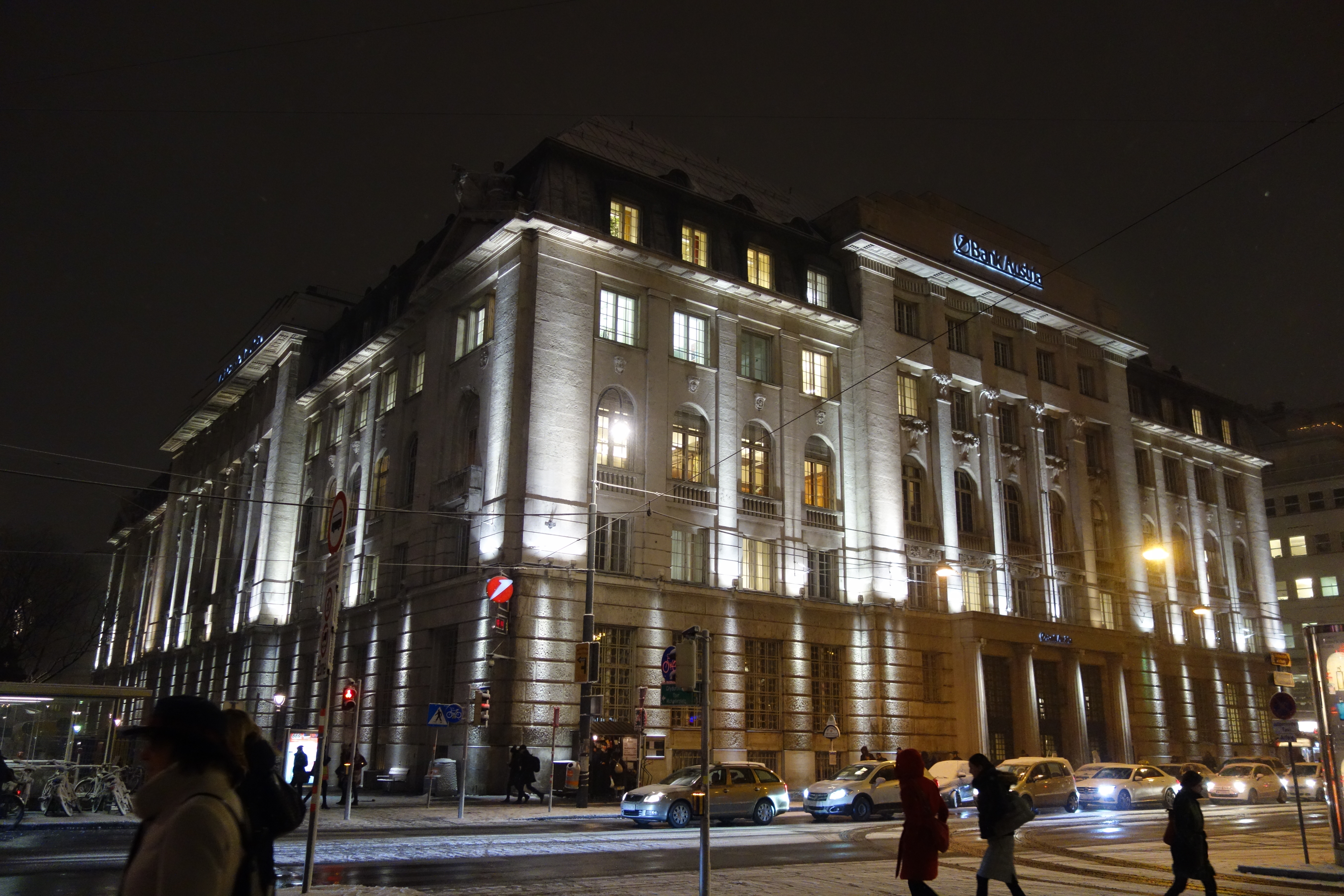INTERNATIONAL FINANCIAL RELATIONS OF THE HABSBURG EMPIRE

Former Länderbank (Vienna), founded 1880, architect Otto Wagner (built 1882-1884)
It can be said that the Austro-Hungarian credit institutions were established along French and German lines either as direct imitations (Prussian mortgage banks, credit cooperatives) or as combinations of German, English or French patterns (savings banks). At the same time very special types were developed in the monarchy, such as the Landesbanken or the dualistic organisation of the bi-national Austro-Hungarian Bank. They illustrate the special financial climate in the empire. The adjustment to this special climate can also be seen in the participation of the ownership in the banks and the management of the banks. For example, in their application to the ministry the founders of Credit-Anstalt guaranteed the subscription of the capital in the following way: 40 per cent was taken by the Rothschild houses in Vienna, Frankfurt and Paris, 50 per cent by Austrian and Bohemian aristocrats and 10 per cent by a private Prague banker. According to the founders’ statement of intention, it could only undertake Austrian transactions and a representative of the state had a seat in the governing body. Representatives of the Hungarian aristocracy also had seats in the first committee of the management. In this way the Credit-Anstalt wished to be a financial institution representing the multinational character of the monarchy. In the final distribution of shares the Credit-Anstalt revealed its “national” character according to the monarchy’s state philosophy: neither the dynasty itself, nor the aristocracy nor the Viennese Jews were excluded.…
